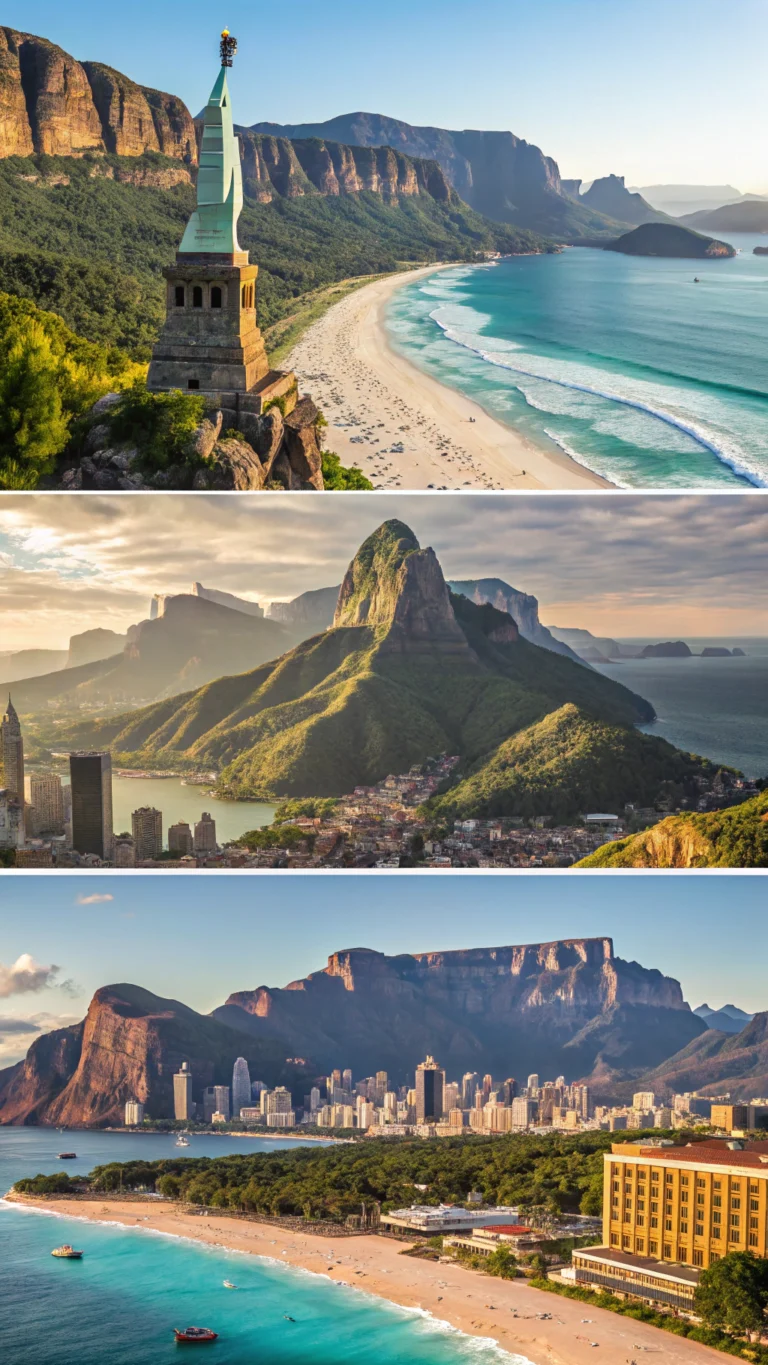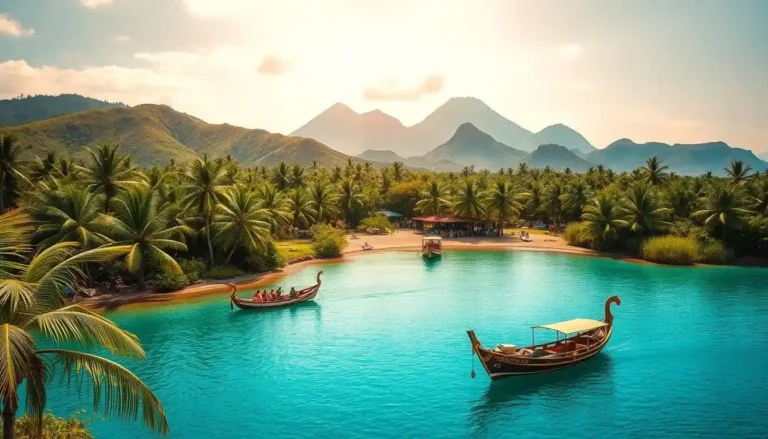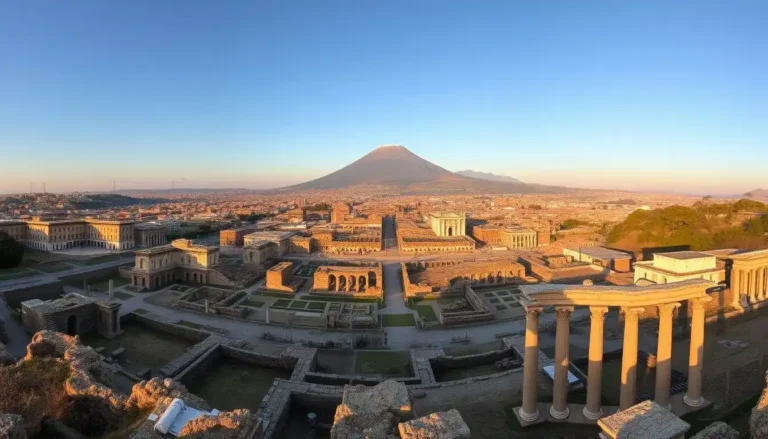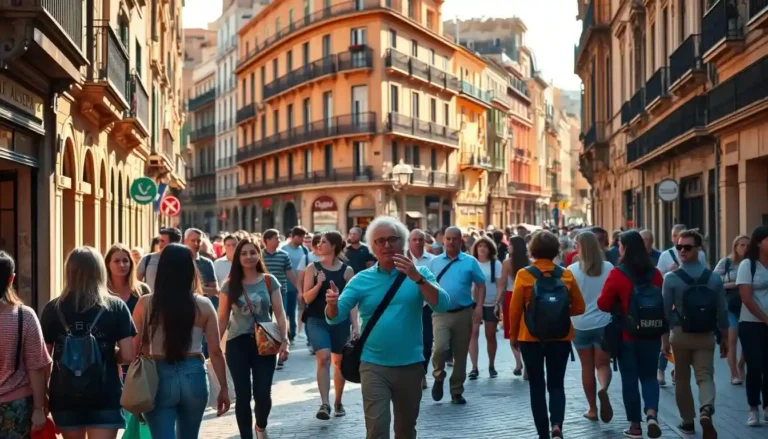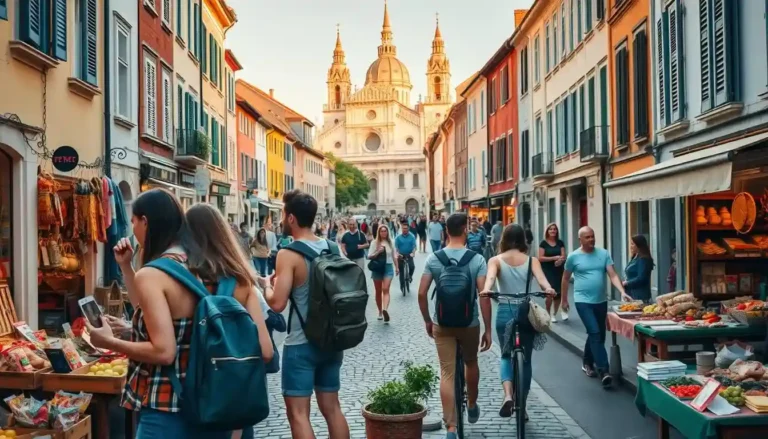Europe Travel : 7 Stunning Hidden Gems You Must Visit
Table of Contents
Introduction
Beyond Europe’s famous sites, almost 70% of its most enchanting locations remain almost unknown to ordinary travellers. Millions of people visit the Eiffel Tower and Colosseum annually, yet a wealth of amazing sites sits silently just waiting to be found. Europe travel provides far more than the standard postcard landscapes; it’s a continent full of hidden villages, unspoiled coasts, and cultural encounters most tourists never see.
With insider advice to enable you to explore like a local rather than a visitor, this book reveals seven amazing hidden treasures around Europe that should be on your bucket list.
Destination Overview
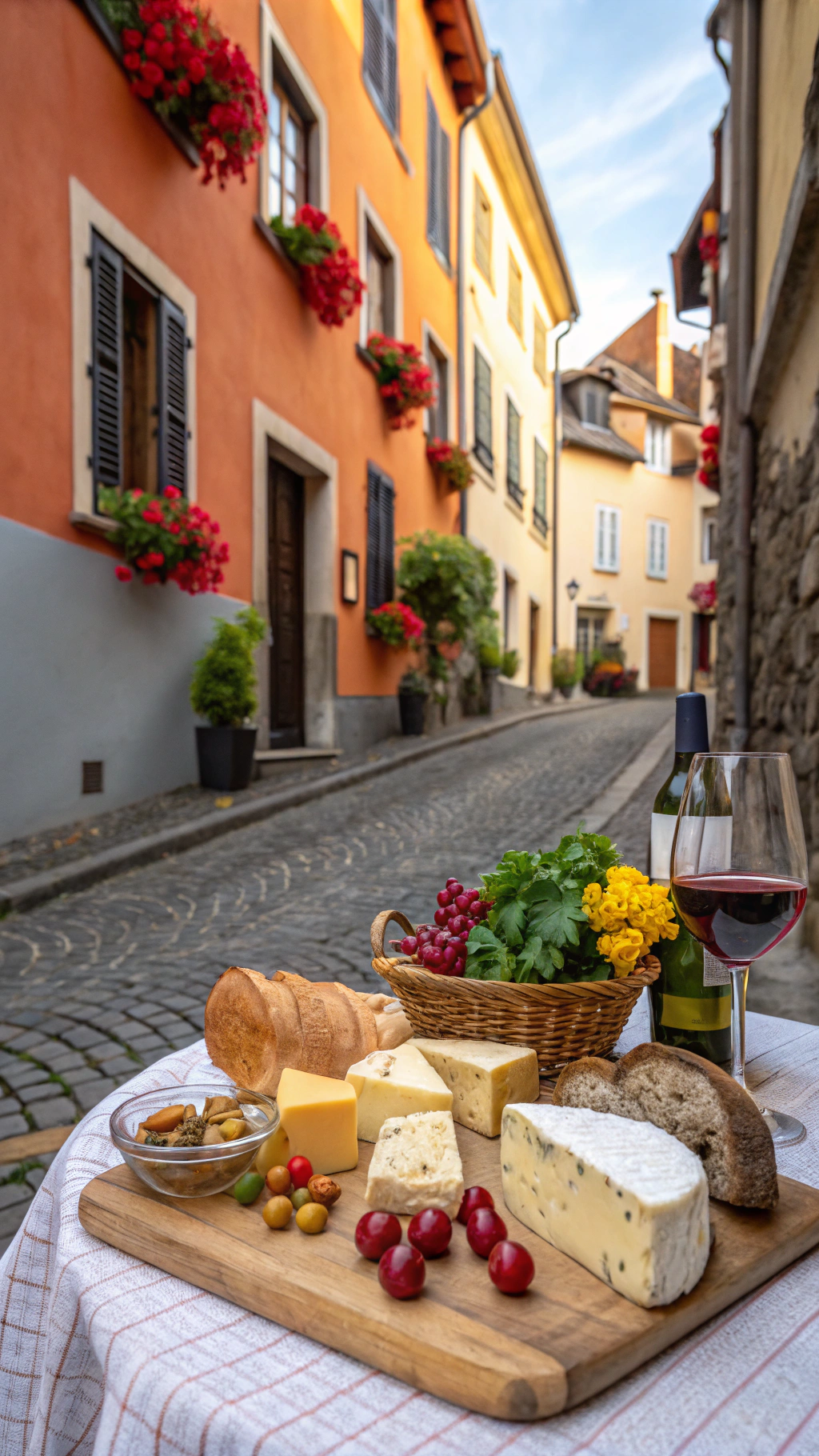
Less well-known tourist places in Europe provide visitors real experiences remote from the busy capitals. Though usually offering more real cultural immersion, these hidden treasures usually see 80% less tourists than popular locations. From the sun-drenched villages of Portugal’s interior to the misty mountains of the Balkans, these sites protect centuries of history, custom, and natural beauty.
Though shoulder seasons (April-May and September-October) usually provide the ideal mix of good weather, less visitors, and reduced prices—averaging 30% savings compared to peak summer months—the optimum time to visit these hidden European jewels varies by location. With temperatures being pleasant even in December and January, winter trips to southern European beauties can offer a rather different but equally magical experience.
Travel Itinerary
7-Day Hidden Gems Circuit
Day 1-2: Kotor, Montenegro
- Explore the UNESCO-listed Bay of Kotor, often called Europe’s southernmost fjord
- Climb the 1,350 steps to San Giovanni Fortress for breathtaking panoramas
- Spend your second day on a boat tour to Perast and Our Lady of the Rocks (€45)
Day 3-4: Matera, Italy
- Wander through the ancient Sassi cave dwellings, inhabited since prehistoric times
- Visit Casa Noha to understand the remarkable transformation of this once-forgotten city
- Take a guided twilight tour when the limestone glows golden (saves 1.5 hours compared to daytime tours)
Day 5-7: Sintra, Portugal
- Discover the magical Quinta da Regaleira with its mystical initiation well
- Explore Pena Palace early morning (arrive by 8:30 AM to beat 90% of tourists)
- Take a day trip to the cliff-perched Azenhas do Mar village for unforgettable coastal views
Must-See Attractions
1. Lake Bled, Slovenia
Hidden in the Julian Alps, this fairy-tale lake features a church-topped island and medieval castle. Visit at sunrise for mirror-like reflections that photographers dream of. Unlike Europe travel, Asia travel, Southeast Asia travel, Japan travel, Italy travel hotspots, Lake Bled maintains its serene atmosphere even during summer.
2. Comporta, Portugal
Just 90 minutes from Lisbon is Portugal’s best-kept secret—a length of immaculate beaches preferred by European celebrities looking for seclusion. With forty miles of unspoiled coastline, you will find room even in August when most Portuguese beaches are crowded.
3. Alberobello, Italy
Over 1,500 distinctive trulli—cone-shaped limestone homes found at Puglia’s UNESCO World Heritage site produce a scene unlike anyplace else in Europe. Tuesdays should be spent exploring the local market where farmers offer goods straight from their farms.
4. Hallstatt, Austria
This lakeside village of just 800 residents has preserved its Alpine charm for centuries. The salt mines tour provides fascinating insights into the town’s 7,000-year history and the source of its historical wealth.
Where to Stay
Kotor, Montenegro
Historic Old Town Apartments – Stay within the medieval walls for the full experience (€70-120/night)
Hotel Vardar – 4-star luxury in a perfectly central location (ideal for couples)
Old Town Hostel – Budget-friendly option with excellent social atmosphere (perfect for solo travelers, from €20/night)
Matera, Italy
Cave Hotel Sextantio – Experience authentic cave living with modern luxury (€200-350/night)
Hotel in Pietra – Midrange option in a converted 13th-century church (€100-180/night)
Ostello dei Sassi – Budget hostel offering basic accommodation in the historic center (€30-50/night)
Food & Local Cuisine
The hidden jewels of Europe provide gastronomic pleasures sometimes beyond their more well-known counterparts. At Konoba Trpeza, where meals cost 40% less than comparable beachfront eateries, try “njeguški pršut,” (Montenegro’s prosciutto), combined with local cheese in Kotor.
At Ristorante Francesca, where the recipes haven’t changed in generations, Matera’s cuisine reflects its peasant past; don’t miss “crapiata” (a bean soup with great cultural significance) and “peperoni cruschi” (crispy dried peppers).
Dietary-Specific Options
Vegans: Garden Village Bled’s plant-based selections shine in Slovenia’s Lake Bled region.
Requests devoid of gluten: Since health-conscious guests influence most Portuguese restaurants in Comporta, most of them accommodate dietary requirements.
Halal alternatives: Search Mostar, Bosnia and Herzegovina for the increasing number of approved eateries.
Travel Tips & Essentials
- Download offline maps for these remote locations where internet can be spotty
- Learn basic phrases in local languages—in these less-touristed areas, English proficiency drops by approximately 40% compared to major cities
- Carry cash, as many smaller establishments in these hidden gems don’t accept cards
- Use Bla Bla Car for ridesharing between smaller destinations—often 60% cheaper than private transfers
- Consider multi-country Balkan passes if exploring several hidden gems in southeastern Europe
Common Mistakes to Avoid
- Visiting during local holidays – Research national holidays, as services often close completely
- Overlooking transportation limitations – Many hidden gems have reduced bus/train schedules outside peak season
- Rushing through small towns – These destinations deserve at least one overnight stay to experience them after day-trippers leave
- Expecting consistent English communication – Bring a translation app for authentic local interactions
- Missing reservation requirements – Some small-town restaurants require bookings days in advance despite their obscurity
Budget Breakdown
| Expense Category | Budget Option | Mid-Range | Luxury |
|---|---|---|---|
| Accommodation | €25-40/night | €70-120/night | €200+/night |
| Meals | €15-25/day | €30-50/day | €80+/day |
| Transportation | €10-20/day | €25-50/day | €100+/day |
| Activities | €5-15/day | €20-40/day | €50+/day |
These hidden gems typically cost 30-40% less than major European destinations, with the average daily budget ranging from €55 for budget travelers to €430 for luxury experiences.
Final Thoughts
Hidden treasures in Europe provide visitors the rare chance to encounter real culture, amazing landscape, and friendly hospitality free from the crowds and commercialization sometimes afflicting popular sites. Traveling outside the usual road will provide memories and relationships not achievable in popular tourist destinations.
Start organizing your trip to these enchanted European locations right now to learn why occasionally the path less taken makes all the difference!
FAQs
Using public transport makes it challenging to get these hidden beauties.
Although there is public transport to all seven locations, frequency changes greatly with season. While some might need ahead planning during off-peak months, Lake Bled and Sintra have consistent year-round connectivity.
Families with young children would find these locations appropriate?
True! Most include activities and lodging fit for families. Families particularly enjoy Hallstatt and Lake Bled because of their natural beauty and outdoor pursuits.
How many days ought I to set aside to really discover these hidden beauties?
Every location merits at least two full days to really enjoy. Covering three to four of these treasures in two weeks would offer the perfect mix between leisure and discovery.
To really visit these locations, do I have to rent a car?
Although not necessary, owning a car greatly improves your experience in areas like rural Portugal and the Slovenian Alps by enabling you to find much more off-the-beaten-path sites close by.
When should one visit these hidden treasures? The ideal season?
Early autumn (September-October) and late spring (May-June) provide the ideal mix of nice weather, few visitors, and full operation of nearby businesses and attractions.


